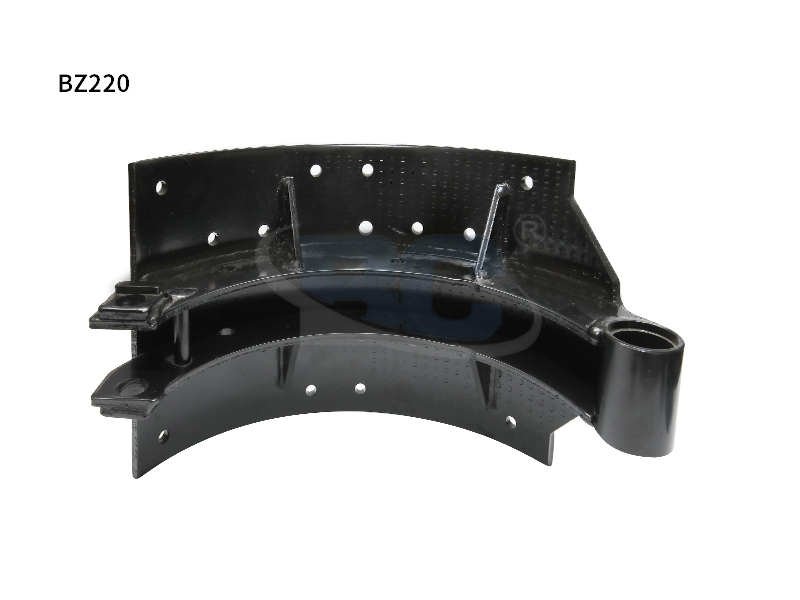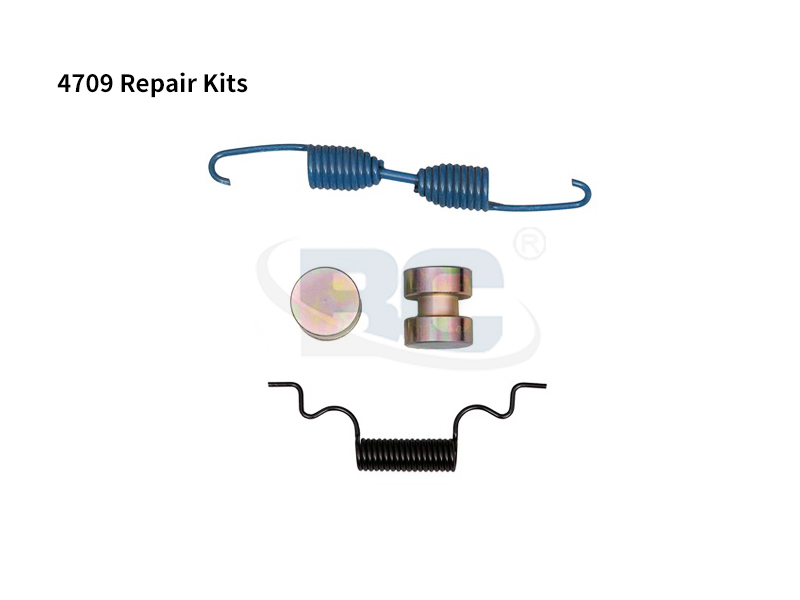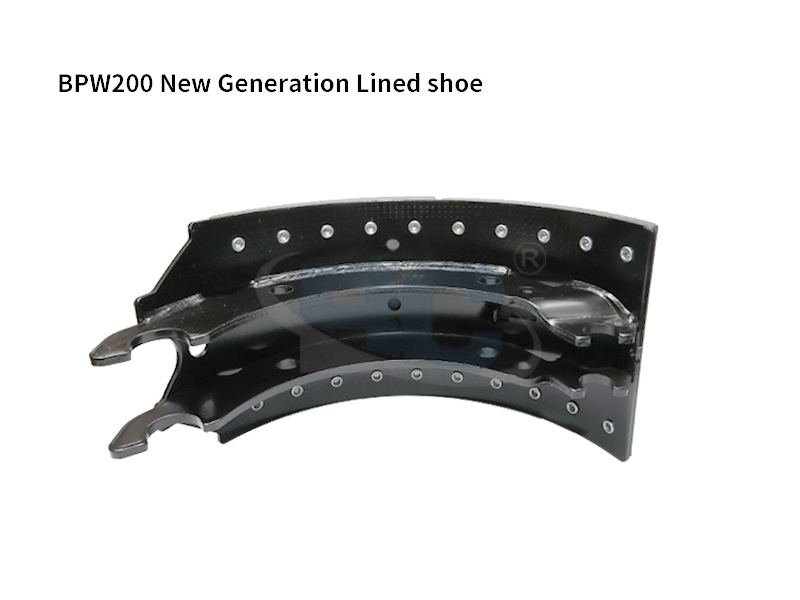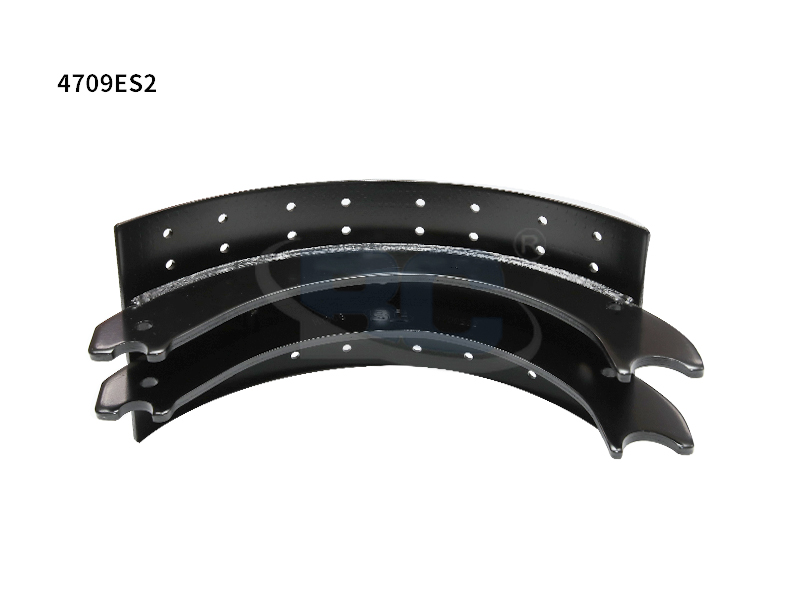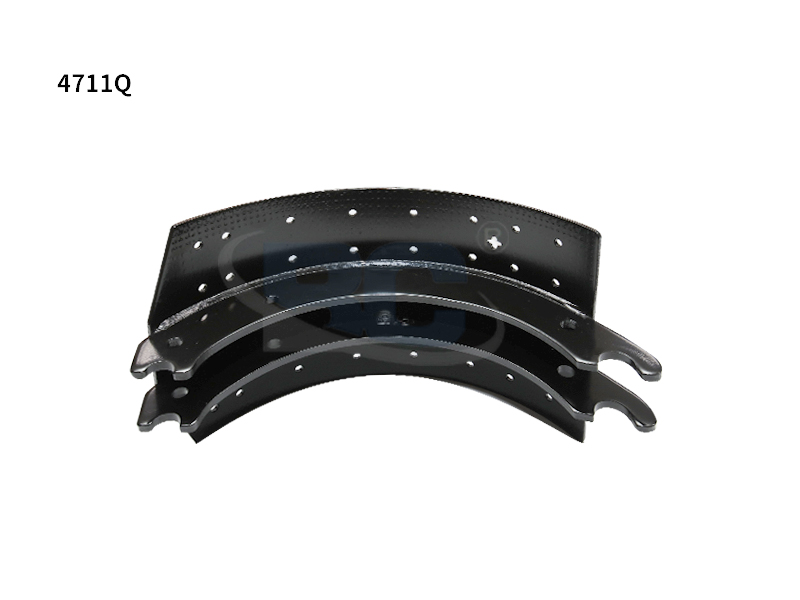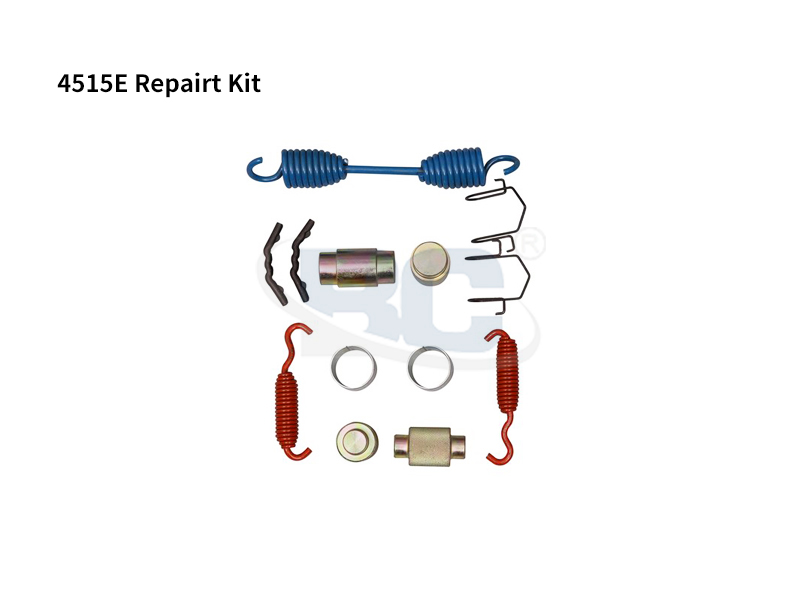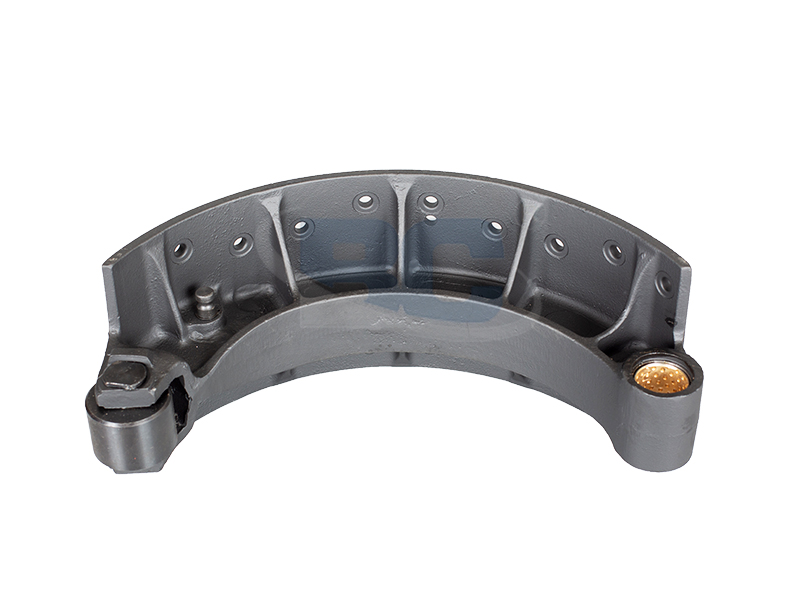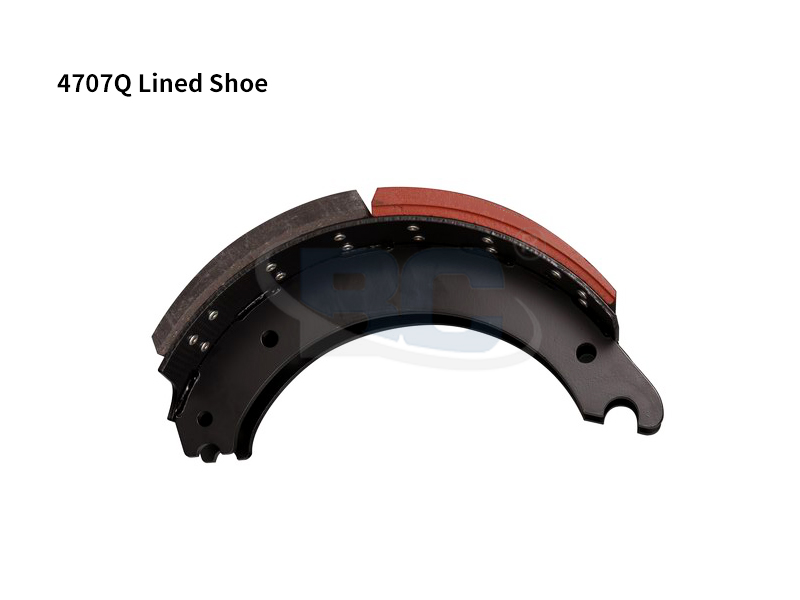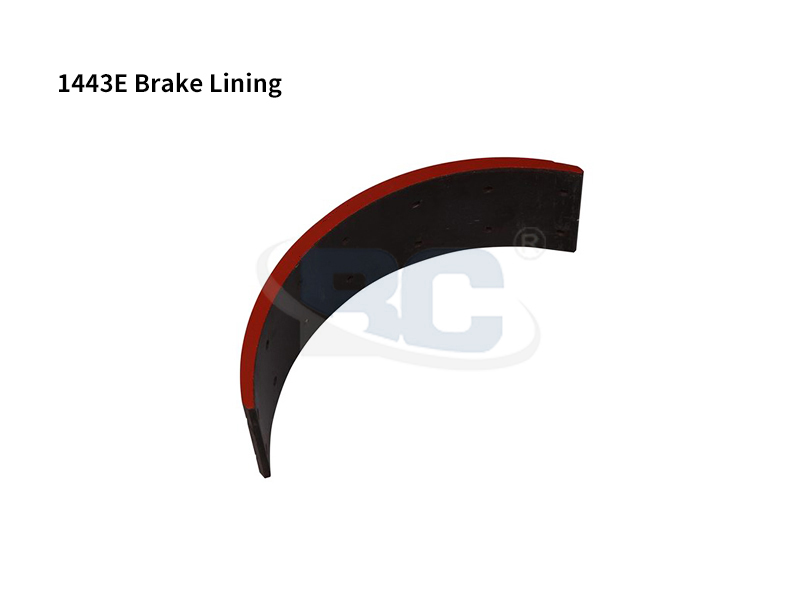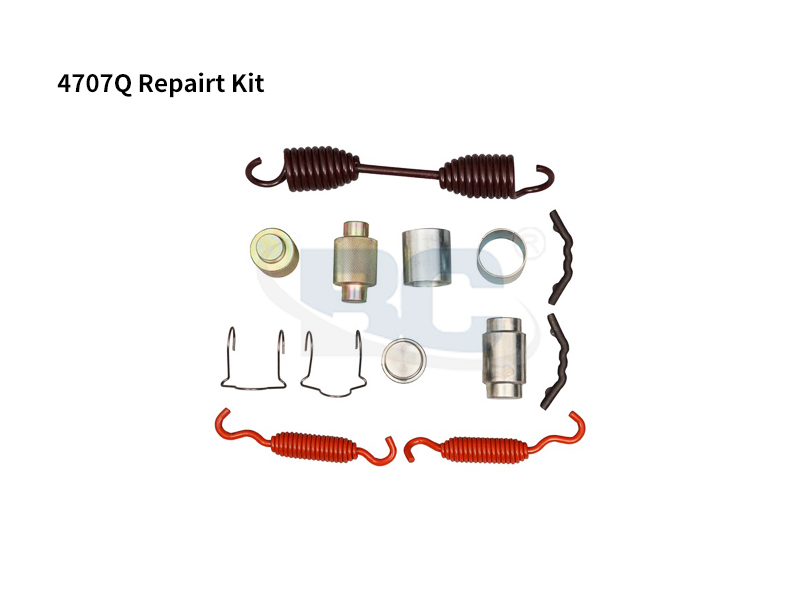The main function of a brake lining is to convert kinetic energy into heat, which helps the vehicle to stop. Because of this, it is crucial to ensure the brake lining is resistant to extreme temperatures. The brake lining is susceptible to wear and outgassing, which can decrease its stopping power and increase the cost of replacement. In addition, brake linings should be replaced frequently to prevent excessive wear. To ensure long-term performance and durability, genuine Hino brake linings must meet European safety regulations.
To prevent this, brake linings are made from a heat-resistant and relatively soft material. They are mounted to a solid metal backing, commonly known as a brake shoe or a brake block. Typical brake lining materials have a friction coefficient of 0.35 to 0.42, meaning that a thousand-pound force exerted on the brake block will only result in 400 Newtons of braking force. Some racing friction pads have high Aus of 0.55-62 and excellent high-temperature behavior.
Asbestos has been banned from brake linings since 2003, and the National Institutes of Health warned that exposure to chrysotile asbestos had been linked to peritoneal and pleural mesothelioma. For this reason, public health authorities recommend not breathing brake dust. Thankfully, Australian laws were passed in 2003, and the asbestos fiber has been replaced in many brake linings.
Brake linings are used in numerous types of mechanical braking systems, including automobiles, motorcycles, and trucks. They are also used in farming equipment and VCRs. Whether you need brake linings for your tractor or elevator, a quality lining will keep your car and machinery moving forward. They're an essential part of any vehicle.
A broken or worn brake lining can cause damage to the brake system. If you ignore this problem, it can damage the brake rotor or drum, which will require replacement. In some cases, brake squeal is accompanied by a grinding sound. Other times, the brake lining can become contaminated with dust. When this happens, it can also cause brake chatter. Brake chatter occurs when the brake lining grabs the surface of a rotor. If you're driving your car while the lining is contaminated, you can stop brake chatter by replacing the blocks and repairing the fluid.
Before replacing your brake lining, you should remove the old one. First, remove any copper rivets that are present. Then, use a one-eighth-inch drill bit to remove the old shoe material. The drill bit needs to be held at the right angle to follow the rivet as it goes through the old material. Once you've removed the rivets, the old material will fall off. The replacement lining should be flat and straight against the brake shoe.
If your brake lining is faulty, the friction between the rotor disc and the brake shoes is reduced, resulting in fade and faulty braking performance. Other signs of brake failure are excessive braking efficiency, uneven braking, and one-sided braking. A brake failure can also cause a car to pull to one side of the road. In addition to faulty brake performance, a worn brake lining can also lead to overheating.
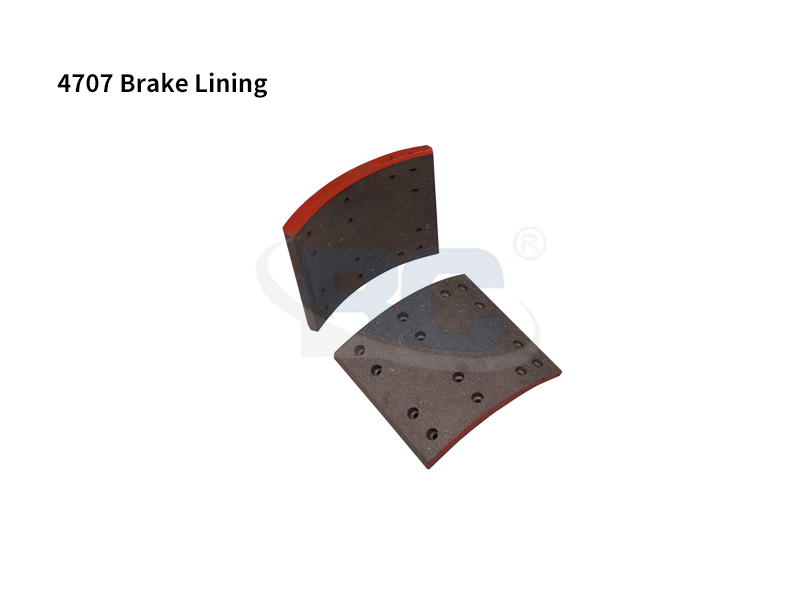
4707 Brake Lining
Part Number:4707 Brake Lining
Product Size:16.5"*7"
Number of rivet holes:14/16
WVA NUMBER: 19030/33

 English
English 简体中文
简体中文
